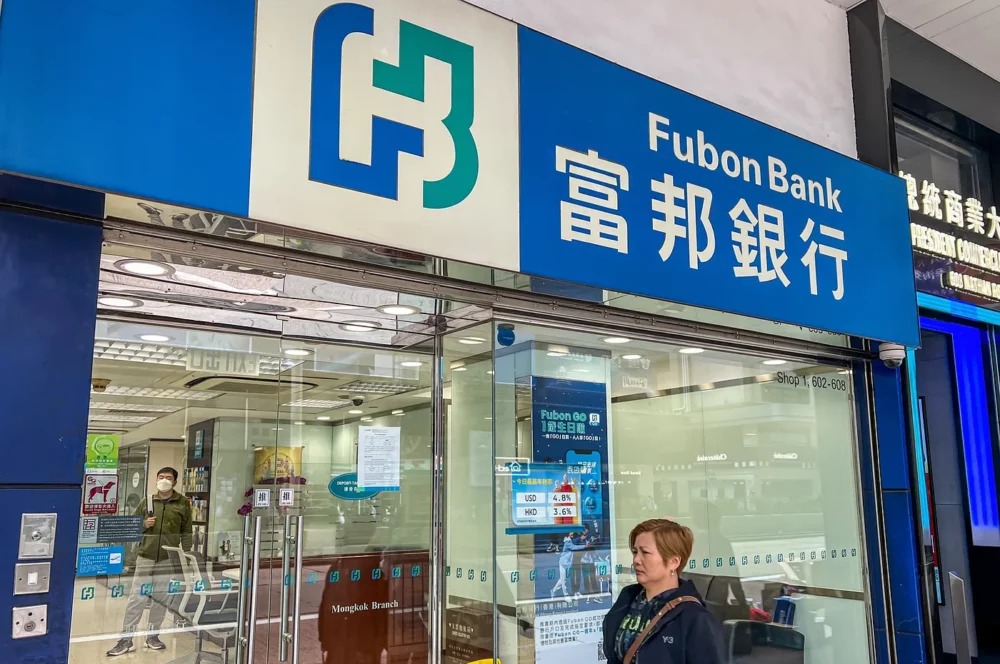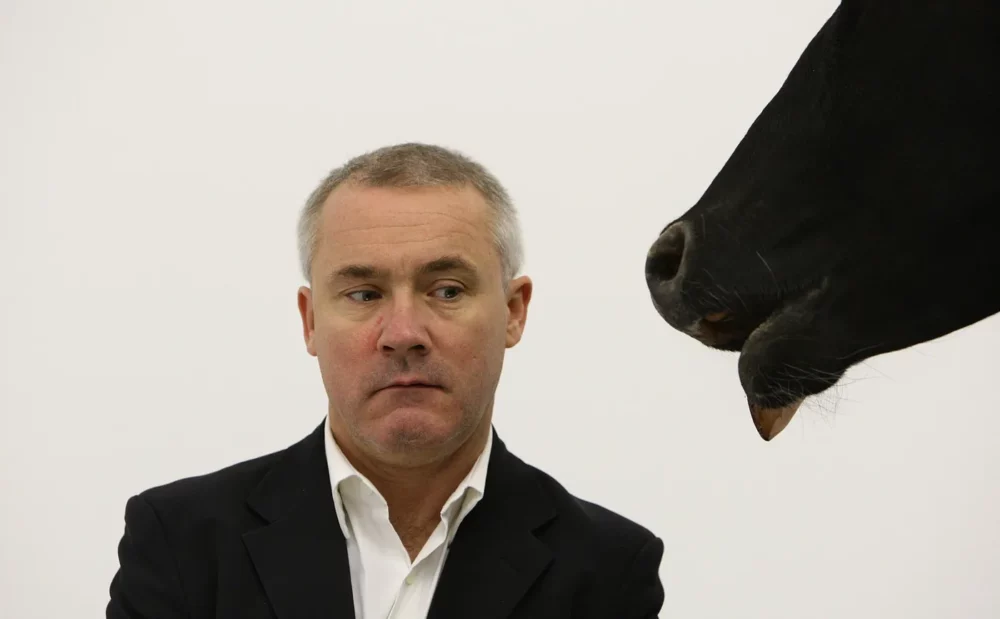In an era where decentralized finance (DeFi) promises revolutionary, permissionless, and credit-check-free access to financial services, the limitations to its application lie in the narrow range of digital assets it encompasses. But industry pioneers are working to widen its scope by introducing real-world assets (RWAs) to the digital realm.
For instance, in collaboration with the Hong Kong Monetary Authority (HKMA), Ripple is embarking on a research project to try and tokenize real estate. This venture was made public about seven weeks ago as part of a broader initiative, the digital Hong Kong Dollar (e-HKD) pilot project. Though the e-HKD is yet to be brought into existence, its potential applications are being actively explored, pending its possible authorization.
Working closely with partners like Fubon Bank, Ripple aims to underline the potential hurdles and merits of incorporating e-HKD and RWAs into the digital domain. Despite the optimism, this task’s intricacies demonstrate the challenges of such a process.

The primary obstacle to digitizing RWAs, especially assets like real estate, lies in their entanglement in traditional systems. This typically necessitates the involvement of multiple stages and parties for the final resolution of the transaction. Digitizing property ownership and incorporating it onto a blockchain might seem effortless in theory, but its practical implementation requires a concerted commitment from governments and banking institutions.
The notion of generating a non-fungible token (NFT) to certify property ownership becomes futile if the management in charge of ownership records is yet to integrate an NFT-oriented system. Transposing real estate assets to a digital format demands extensive changes — including alterations to the country’s law and ensuring the banking system’s complete adoption of the process.
According to sources familiar with the rollout of China’s CBDC, the main problems weren’t with the blockchain side of the project, it was with the existing banking infrastructure. The rollout suffered several delays due to incompatibilities with blockchain technology and different systems within the PBoC and retailers’ payment gateways.
UK artist Damien Hirst executed a much simpler example of transitioning RWAs to digital assets last year. His project, “The Currency,” is a collection of 10,000 paintings, which he initially sold as NFTs, subsequently providing the buyers the option of exchanging their NFT for the physical artwork. Hirst said that 5,149 buyers traded their NFTs for the physical paintings, while he incinerated 4,851 physical artworks corresponding to the remaining NFTs in circulation.
Addressing this process on Instagram, Hirst wrote, “A lot of people think I’m burning millions of dollars of art, but I’m not; I’m completing the transformation of these physical artworks into NFTs by burning the physical versions.” adding, “the value of art digital or physical which is hard to define at the best of times will not be lost it will be transferred to the NFT as soon as they are burnt.”

The advantage of tokenizing assets is that they are far more portable and transferable. Regarding art, there’s an additional benefit in quickly and effortlessly establishing the work’s provenance.
Provenance, which is the verification of the authenticity and the lineage of art pieces, often faces challenges with the potential forgery of the document verifying the origin and the artwork itself. No such problem will exist for Hirst’s NFTs.
Besides provenance, digital assets derived from RWAs can be leveraged, their liquidity unlocked in the form of collateralized loans, and they can be co-owned by multiple individuals. By 2030, the digitalization of RWAs is predicted to transform into a multi-trillion-dollar industry, bringing substantial liquidity flows into the cryptocurrency market.
Nevertheless, complex assets pose unique challenges, necessitating trusted intermediaries instead of solely relying on blockchains and code. While this issue is manageable, as seen with the tokenization of fiat currency into stablecoins, it raises questions about regulatory response and governmental willingness to incorporate more of the existing financial system into blockchain infrastructure.
Join Paribus-
Website | Twitter | Telegram | Medium | Discord | YouTube
- SEO Powered Content & PR Distribution. Get Amplified Today.
- PlatoAiStream. Web3 Intelligence. Knowledge Amplified. Access Here.
- Buy and Sell Shares in PRE-IPO Companies with PREIPO®. Access Here.
- Source: Plato Data Intelligence: PlatoData
